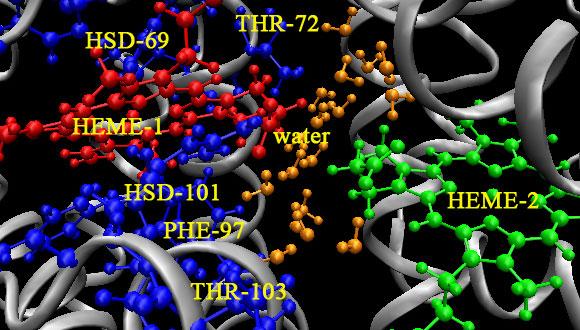Physical Chemistry Seminar: Molecular growth in extreme conditions
Tamar Stein, HUJI
Zoom: https://us02web.zoom.us/j/87075995730?pwd=RWNJSDMvN3RJaEpPeXRoZkFnZzExQT09
Abstract:
Polycyclic aromatic hydrocarbons and polycyclic aromatic nitrogen heterocycles are believed to be widespread in different areas of the interstellar medium. However, the astronomical detection of specific aromatic molecules is extremely challenging. As a result, only a few aromatic molecules have been identified, and very little is known about how they are formed in different areas of the interstellar medium. Recently, McGuire et al. detected the simple aromatic molecule benzonitrile in Taurus Molecular Cloud-1. Although benzonitrile has been observed, the molecular mechanism for its formation is still unknown. In this study, we use quantum chemistry and ab initio molecular dynamics to model ionization processes of van der Waals clusters containing cyanoacetylene and acetylene molecules. We demonstrate computationally that the clusters’ ionization leads to molecular formation. For pure cyanoacetylene clusters, we observe bond formation among two and three monomer units, whereas in mixed clusters, bond formation can also occur in up to four units. We show that the large amount of energy available to the system after ionization can lead to barrier crossing and the formation of complex molecules. Our study reveals the rich chemistry that is observed upon ionization of the clusters, with a wide variety of molecules being formed. Benzonitrile is among the observed molecules, and we study the potential energy path for its formation. These results also offer insights that can guide astronomers in their search for aromatic molecules in the interstellar medium.


